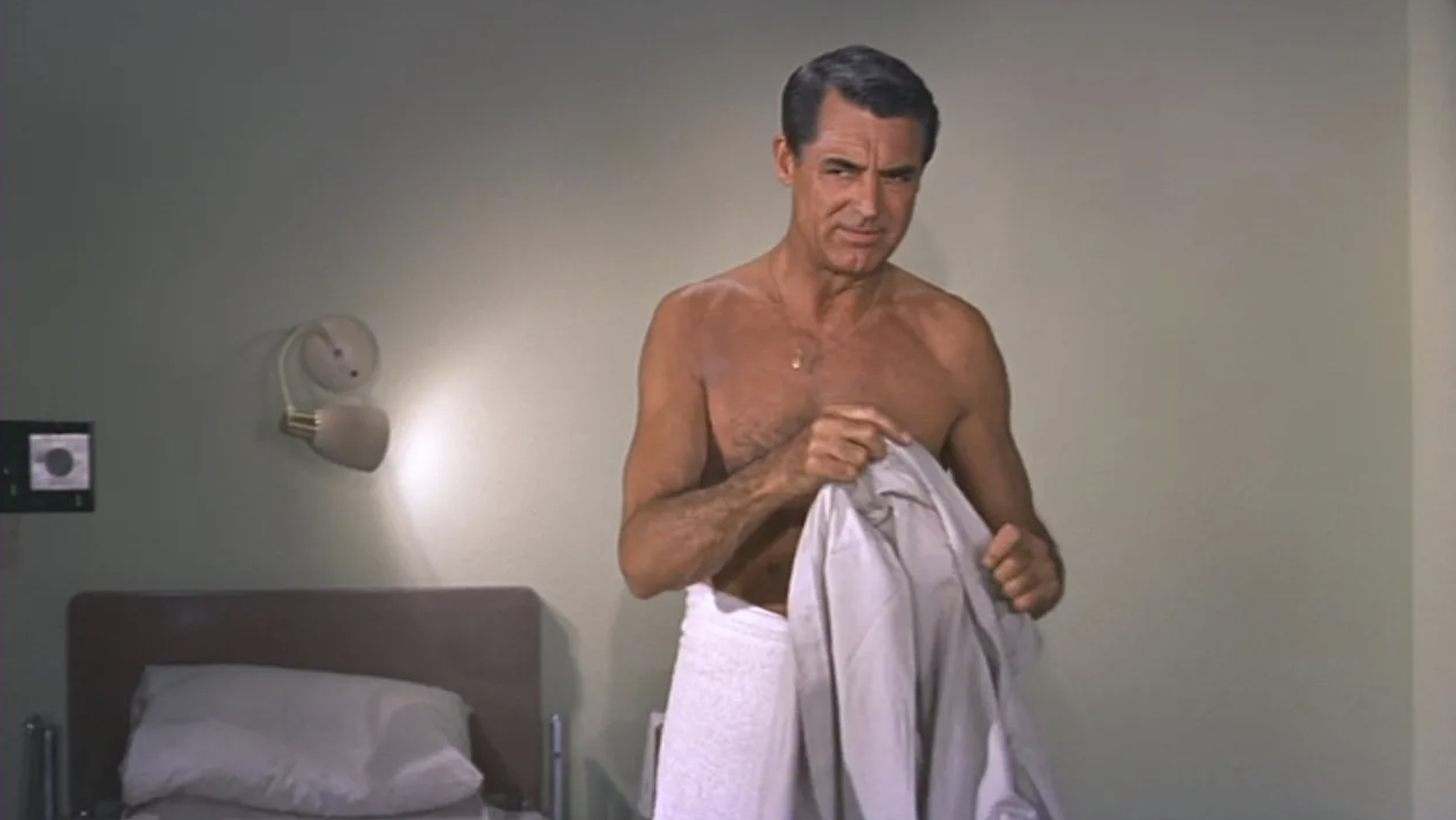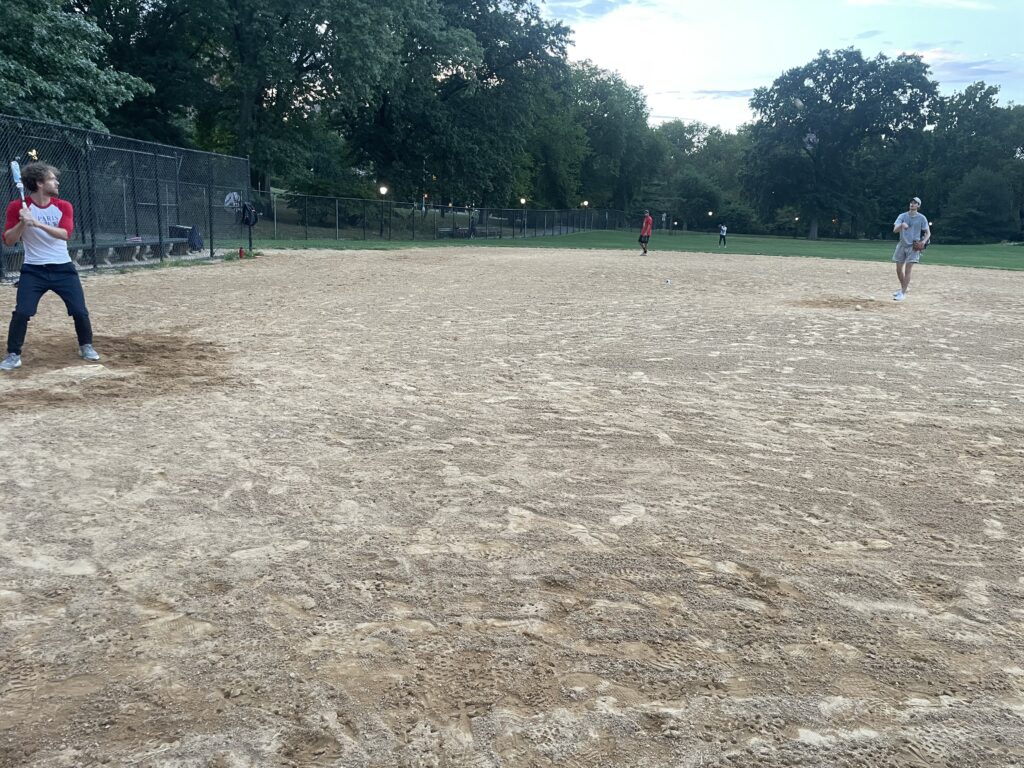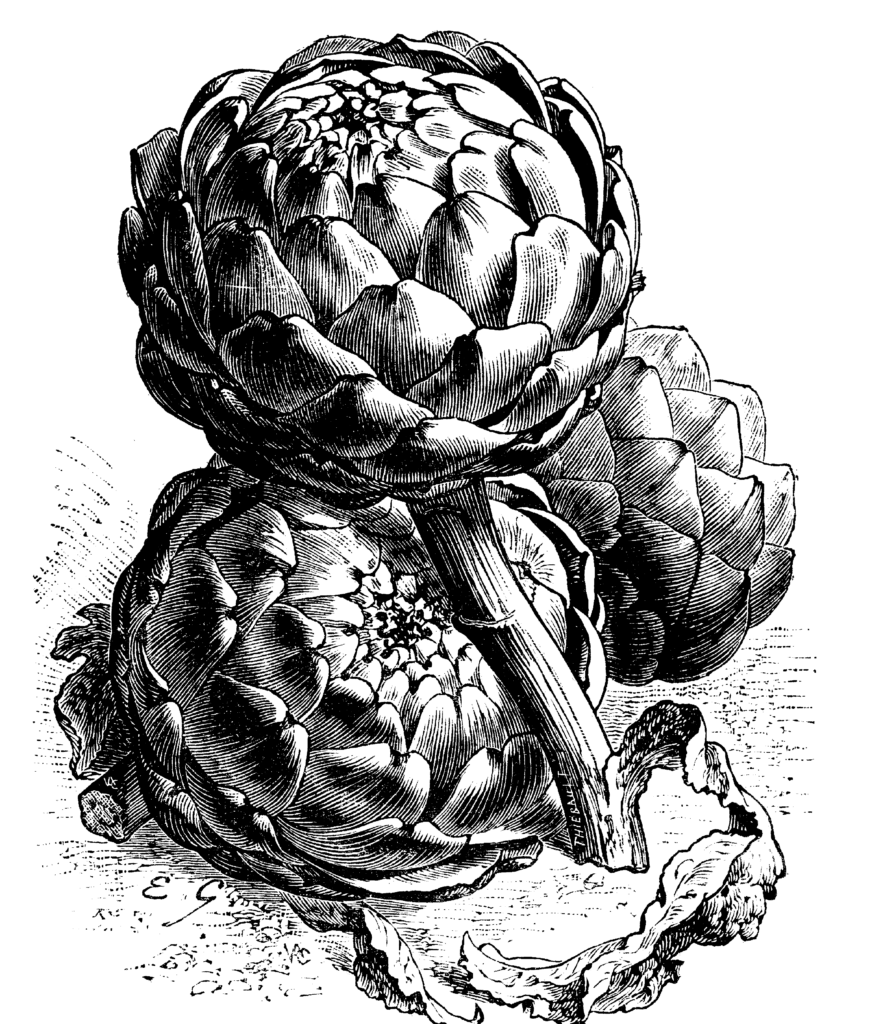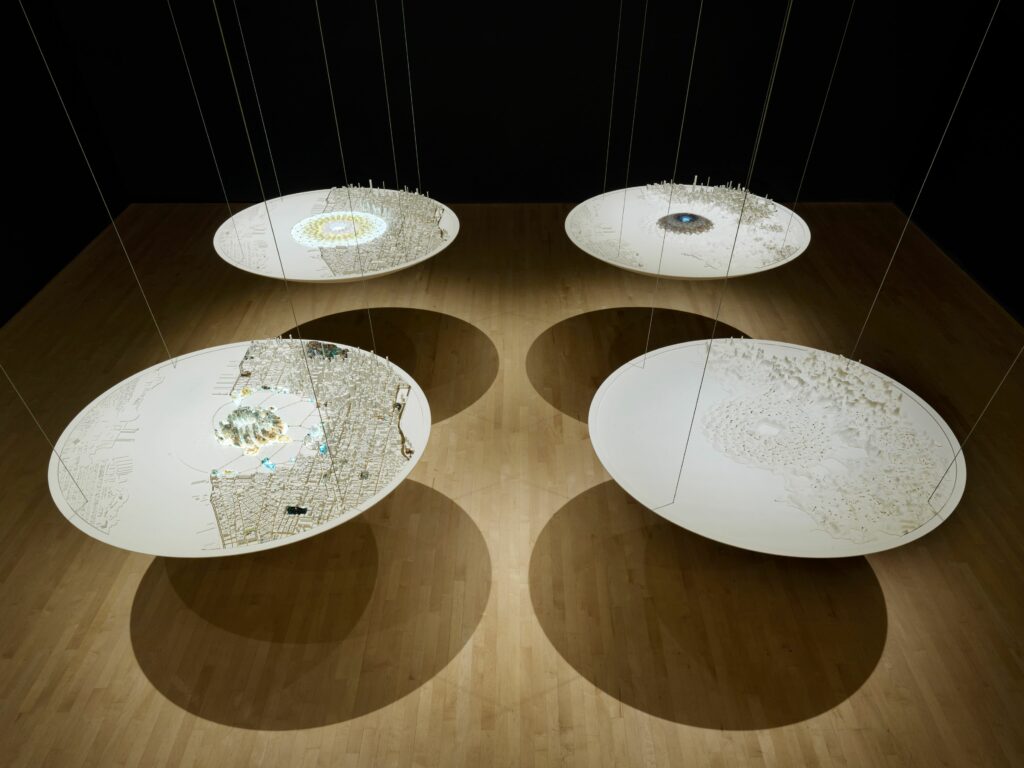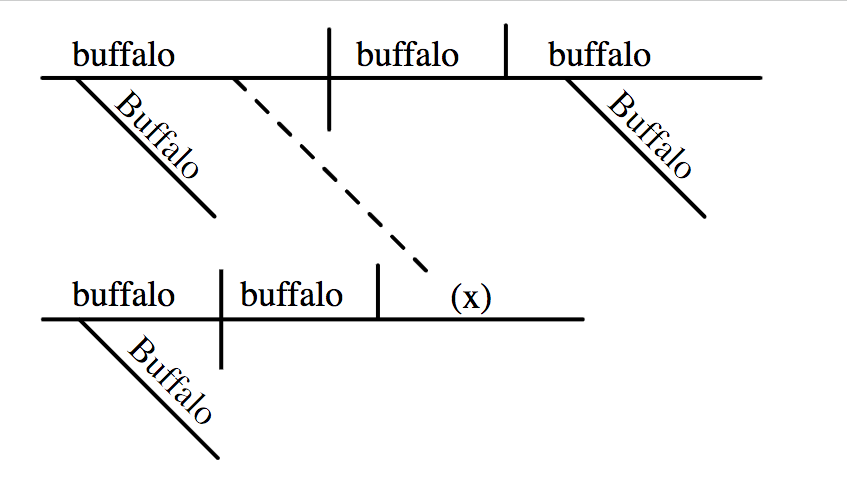With a backlist of over a dozen novels and novellas, Colleen Hoover isn’t a new author. Since publishing her first novel in 2012, the romance writer has earned the loving nickname of CoHo and has worked to cultivate a huge following of devoted fans. She started a Facebook group in 2016 called Colleen Hoover’s CoHorts that is still active today with over 130,000 members gushing about her work. Other groups have sprung up dedicated to talking about her individual novels, like this one for Verity with over 30,000 members. Hoover is the 2nd most followed author on Goodreads.
Since TikTok’s emergence into the literary scene, she’s been dubbed the “Queen of BookTok,” accumulating over 800,000 followers and hundreds of videos under the hashtag #colleenhoover. According to Hoover’s publisher Atria, her most popular books on TikTok have spent a combined 151 weeks on The New York Times bestseller list. Novels like It Ends with Us published in 2016 were back on the list in 2022 with staying power. What about Hoover and her books has resonated so much with TikTok?
Her TikTok Content
It doesn’t take long to see why Hoover is so engaging on her TikTok. Videos with her mom and family and the realities of authorhood give viewers a glimpse into who she really is. She posts updates about her books of course, glimpses of a new manuscript, and announcements about release dates along with duets with readers sobbing at the end of her emotional rollercoaster books. But she also posts videos of her “hot mess” life, posting even when her mic cuts out or when she forgets her mouse and keyboard on a writing getaway eighty miles from home.
Copyright
© Book Riot





